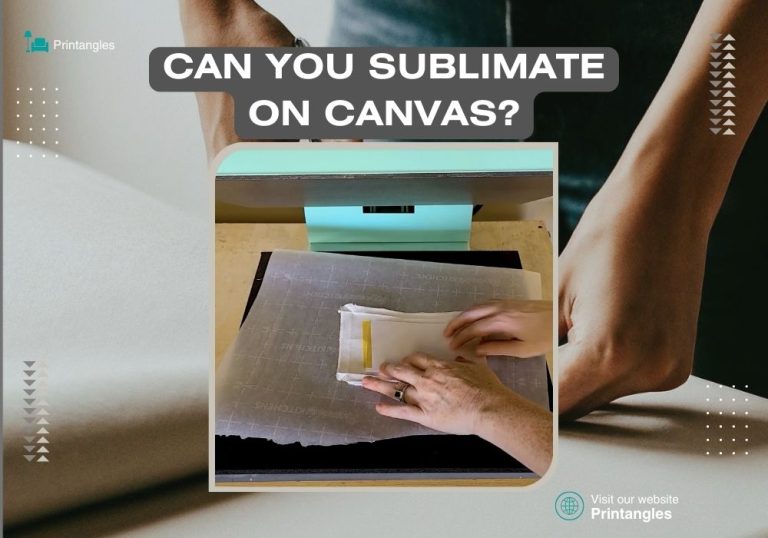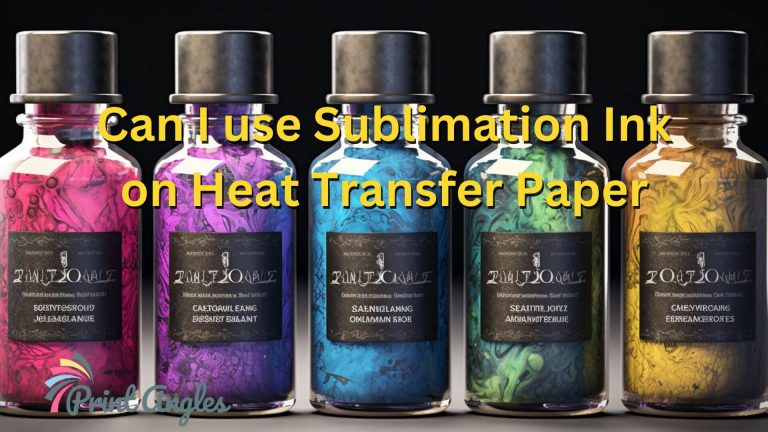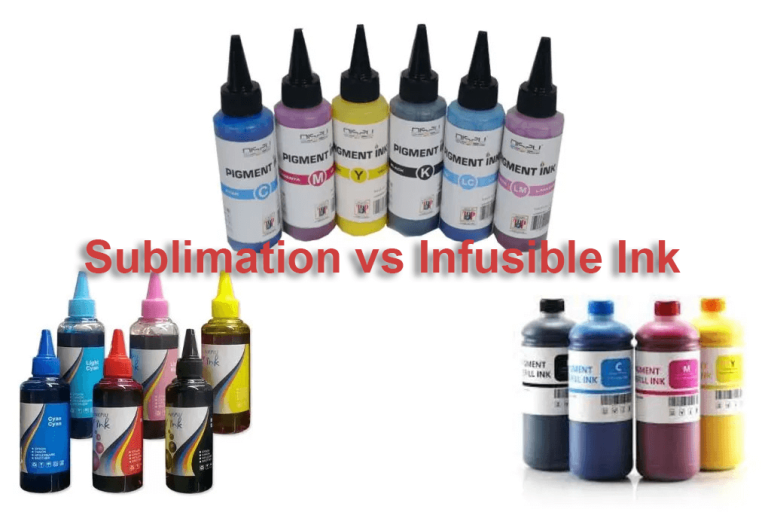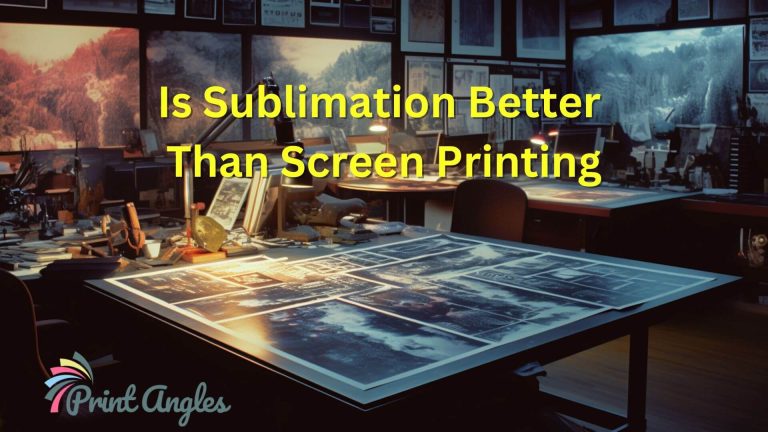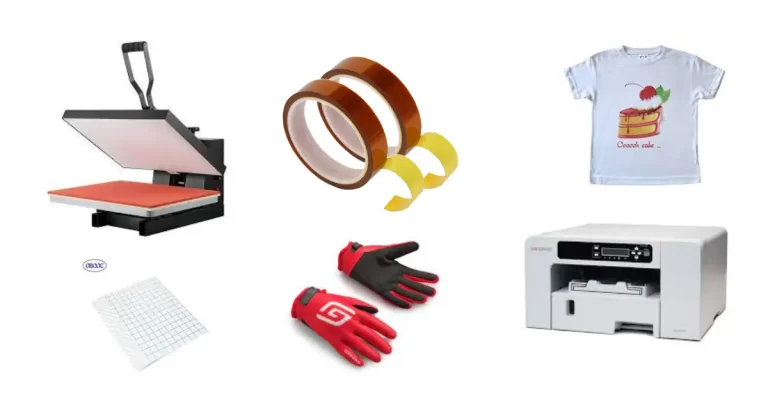Can You Use an Iron Instead of a Heat Press
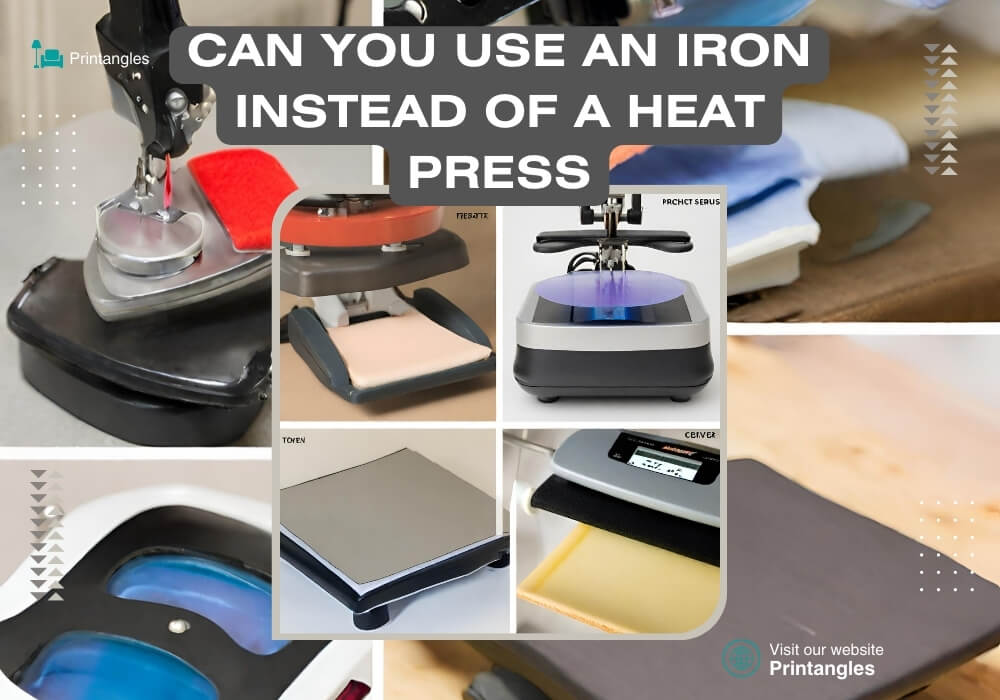
To customizing fabrics and transferring designs onto various materials, a heat press is often the go-to tool. However, what if you don’t have a heat press at your disposal? Can you achieve similar results using a regular household iron? This question has sparked curiosity among DIY enthusiasts and individuals looking to personalize their clothing or accessories.
Table of Contents
Can I Use an Iron Instead of a Heat Press?
Transferring designs onto fabric, heat presses are the professional standard; however, for hobbyists or those just starting out, a household iron can be a tempting alternative. Now examining the key differences between the two methods and considering the potential outcomes of using an iron for heat transfer applications.
Difference Between a Heat Press and an Iron:
Before we delve into whether an iron can substitute for a heat press, it’s essential to understand the fundamental differences between these two tools. A heat press is a specialized machine designed explicitly for heat transfer applications. It consists of a heated platen, which is the surface that presses the design onto the material, and a timer and temperature controls that allow for precise and consistent heat application.
Heat presses come in different sizes and types, such as clamshell, swing-away, and even multifunctional models that combine heat pressing with other capabilities like sublimation or vinyl cutting.
On the other hand, an iron is a common household appliance primarily used for removing wrinkles from fabrics. While an iron also generates heat, it lacks the specialized features of a heat press.
Irons have a flat bottom plate that distributes heat, and they usually have adjustable temperature settings and steam functions. However, they don’t provide the same level of even pressure and consistent heat distribution as a heat press, which can impact the quality and durability of heat transfers.
Factors to Consider When Using an Iron for Heat Transfers:
If you find yourself in a situation where a heat press is unavailable, and you’re contemplating using an iron for heat transfers, there are several factors to consider:
Temperature Control:
Ensure that your iron has adjustable temperature settings. Different materials and transfer methods require specific temperature ranges for optimal results. It’s crucial to match the recommended temperature for the transfer material you’re using.
Pressure Application:
Applying sufficient pressure is vital for successful heat transfers. While an iron can exert some pressure, it’s challenging to achieve the same level of uniform pressure as a heat press. Applying too much pressure with an iron can distort the design or cause uneven heat distribution.
Heat Distribution:
Unlike a heat press, which provides consistent heat across its platen, an iron’s heat distribution can be uneven due to its smaller size and varying temperature zones. This inconsistency can result in incomplete or patchy transfers.
Transfer Material Compatibility:
Some heat transfer materials, such as certain types of vinyl or specialty papers, may require specific conditions that are difficult to replicate with an iron. It’s essential to check the manufacturer’s recommendations regarding the suitability of the material for iron-on application.
Potential Outcomes of Using an Iron for Heat Transfers:
While using an iron as a substitute for a heat press may not offer the same level of precision and quality, it is still possible to achieve satisfactory results with certain considerations:
Smaller Designs:
Irons are better suited for smaller designs and simple heat transfer applications. Intricate or larger designs may be more challenging to apply evenly with an iron due to the limited surface area and difficulty in exerting uniform pressure.
Fabric Compatibility:
Thicker fabrics, such as denim or canvas, can withstand the pressure and heat from an iron more effectively than delicate or synthetic materials. It’s important to consider the fabric type and its heat tolerance when using an iron for heat transfers.
Practice and Experimentation:
Achieving consistent and satisfactory results with an iron may require some trial and error. Experimenting with different temperature settings, pressure application techniques, and transfer materials can help improve the outcome of your heat transfers.
Conclusion
While a heat press remains the preferred tool for professional and high-quality heat transfers, an iron can be a viable alternative in certain situations. Although it may not offer the same level of precision, consistency, and durability as a heat press, using an iron can still yield acceptable results for smaller designs and simpler applications.

I’m Derrick Flora and I am the owner of Printangles.com. I am the father of 2 angles and 1 boy and I am 37 years old. I had done Bachelor in Fashion and Textile Studies from FIT State University of New York.
It’s been 7 years since when started the sublimation business. I sublimated mugs, t-shirts, canvas, and many more. And we have analyzed some things that beginners don’t apply the actual strategies to complete the project. And those strategies are making your sublimation better onto the material. What do beginners do, they just buy the sublimation printer and the heat press without knowing about them.


